Jim Robinson intended to hire veteran mariner Ron Buckley to skipper the Red Jacket and its barge to Atka. Buckley, who’d worked the Red Jacket for its previous owners, refused. He told Charles Wolhforth, “The way it was rigged, this time of year it would be a fucking disaster.“ For one, the vessel had no winch for towing a barge. Something could go wrong. Its former owners agreed, telling Wolhforth, “You couldn’t tow anything with that vessel as is and maintain any control.”
Another skipper, who agreed to get the Tongass 100 from Homer to Atka without the Red Jacket, only made it as far as Chignik. Along the way, the 60-year old barge grew a 2-foot crack in its bow. As predicted, things were starting to go wrong. The skipper was none too happy about the quality of repairs made in Chignik, so he quit while he was ahead.
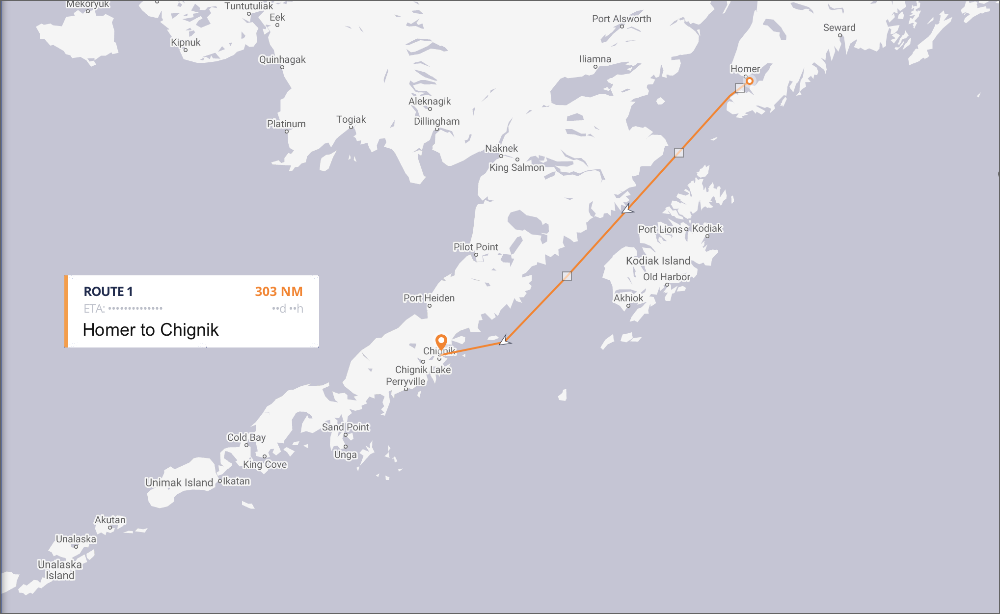
So a new skipper got the barge as far as Dutch Harbor. Once he got there, he, too, hung up his rubber boots.
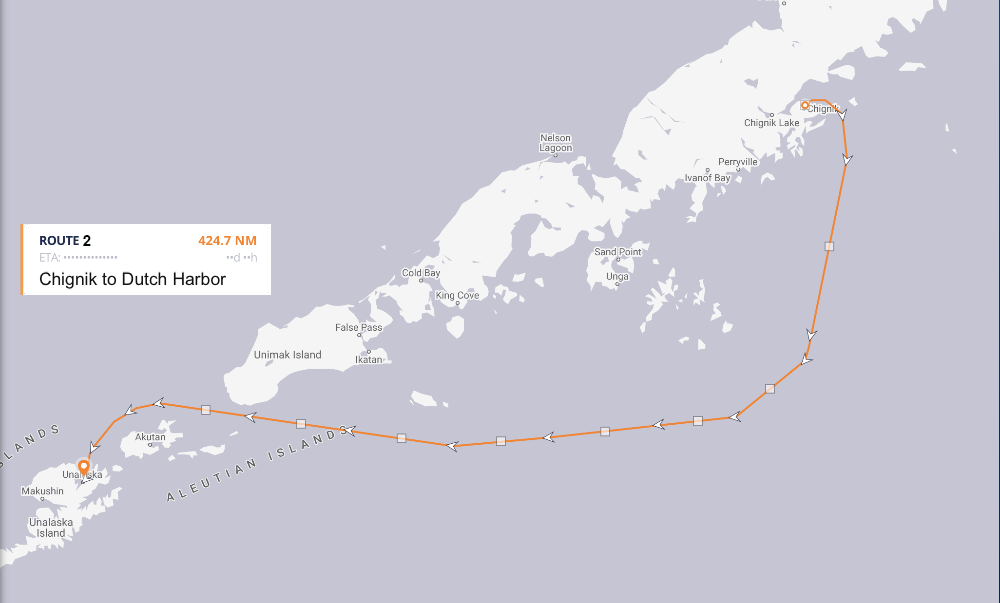
Robinson had to hire yet another skipper to meet the Tongass 100 in Dutch Harbor. Brad Somers made the 645 NM trip out of Homer with the Red Jacket and a crew of four. If you’re losing track, we’re now up to four skippers.
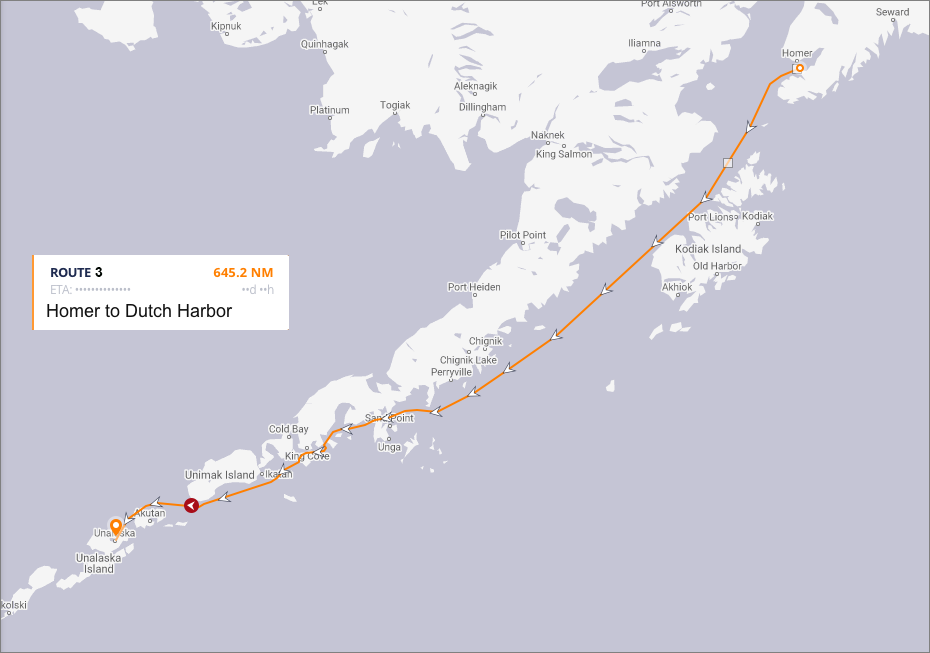
Once everything was in Dutch Harbor, Somers figured they’d pack in with the barge and make the short hop to Atka. Of course, they had to pump the Tongass 100 every other day to keep it afloat, maybe more with its new crack. And the only towing winch they had was on the Tongass. With a motor that kept overheating. Going wrong looked easy.
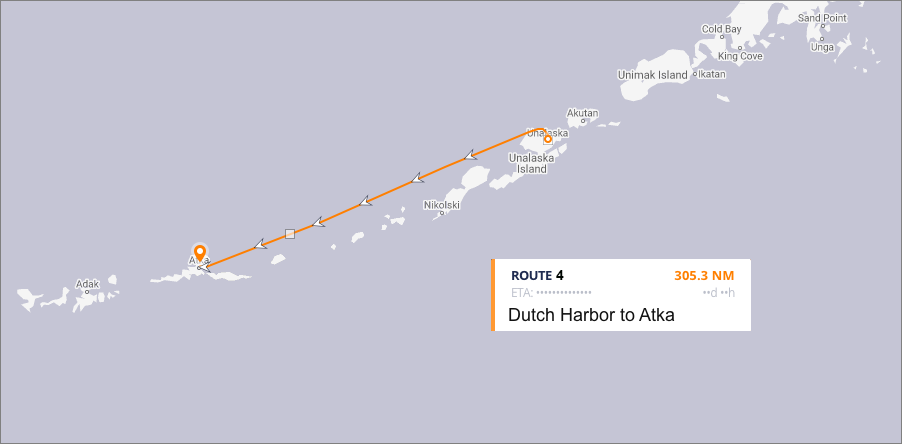
The Red Jacket pulled out of Dutch Harbor on November 16th. Soon winter storms and criminally hazardous equipment led the crew into hostile waters. At one point, the towline broke and slipped under the barge. Two crewmen leapt onto the Tongass 100 in six-foot seas and tried to winch the line to reattach it. The motor overheated.
That’s when they noticed the Ill-repaired crack in the barge. The skipper decided to tow the barge backwards, using a new tow line. That promised to keep it afloat for the duration.
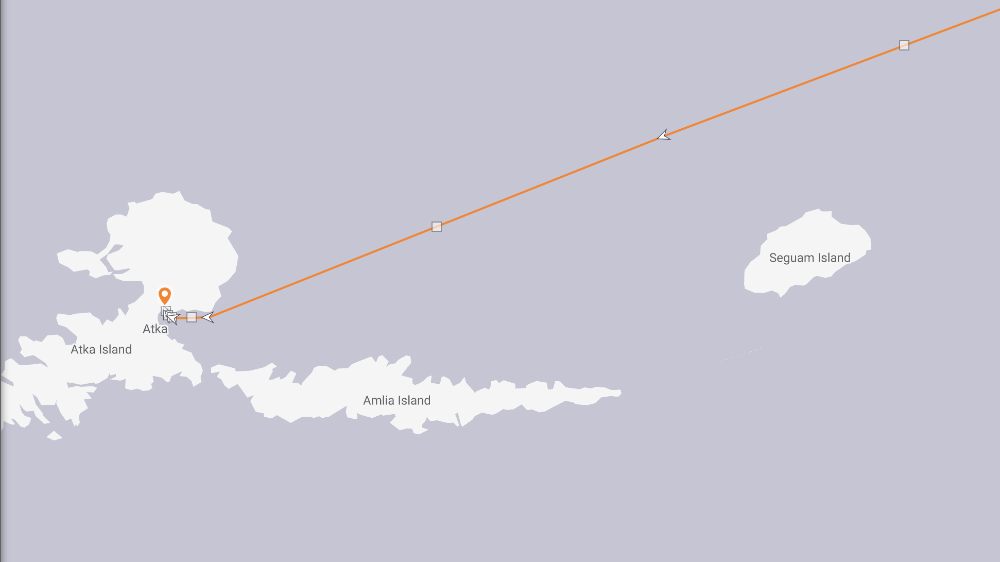
But soon, they were headed the wrong way into desperate waters. Hit by 50-mile-an-hour winds, they were dragged out to sea, away from the island chain. Then they lost the damn barge. The waves were now 25 feet high.
Uninhabited Seguam Island was the closest port in a storm. But it was no port. It was a volcanic cone rising from the sea. The island is mountainous and oval shaped with a land area of 80.04 square miles. It is a stark, forbidding place, with its own treacherous beauty. Rather than send the entire crew onto the island, the skipper sent two men in an Avon inflatable. Their mission was to get fresh water and return to the Red Jacket, its own drinking supply now breached by salt water.
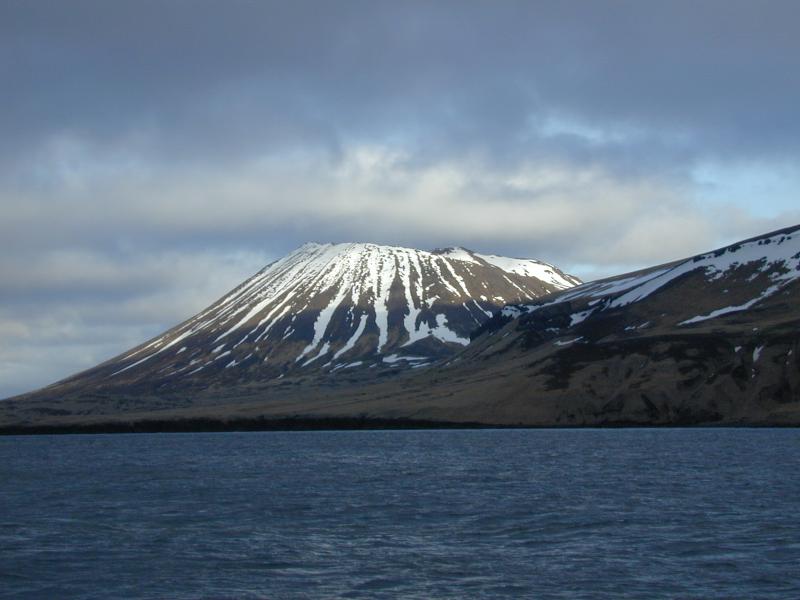
Photograph courtesy of Brad Singer.
Excerpts from the unpublished original manuscript, “Sailor Take Warning,” by Leland E. Hale. That manuscript, started in 1992 and based on court records from the Alaska State Archive, served as the basis for “What Happened in Craig.”
Additional Sources: “Missing, Presumed Dead,” Anchorage Daily News, Charles Wohlforth, February 17, 1991; “2nd Red Jacket Log Tells Different Story,” Anchorage Daily News, Charles Wohlforth, March 7, 1991
Copyright Leland E. Hale (2020). All rights reserved.

Order “What Happened In Craig,” HERE and HERE. True crime from Epicenter Press.